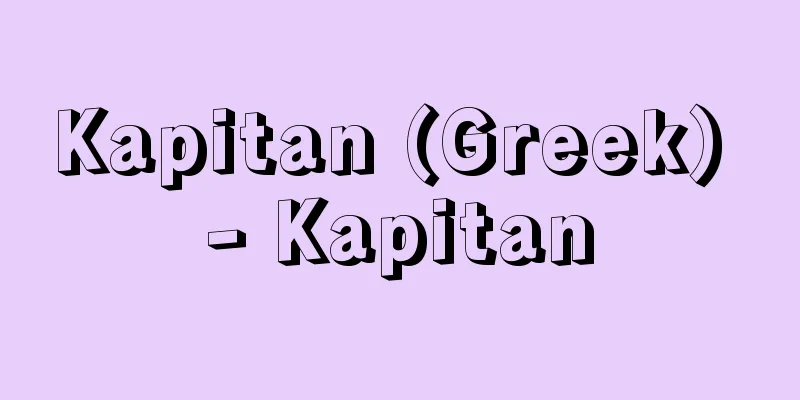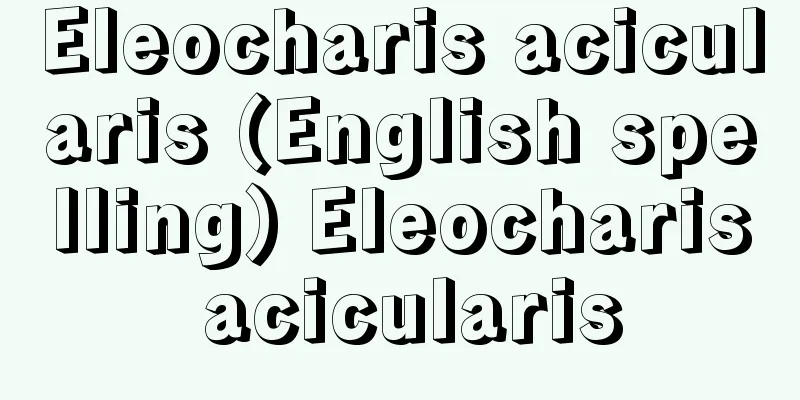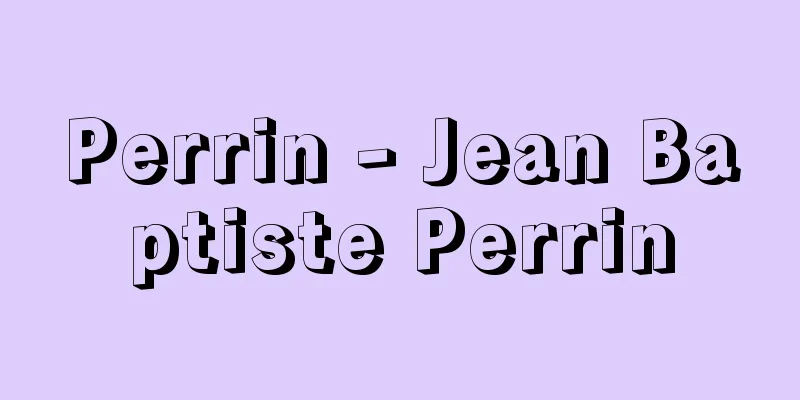Skeleton

|
An organ that supports and shapes the body. In the human body, more than 200 bones are connected in various ways to form the skeletal system, which provides the body with a solid, basic structure. The skeletal system is composed mainly of bones, to which cartilage tissue is added. Originally, the skeleton's main function is to move the muscles attached to it (skeletal muscles), but it also supports, protects, and produces blood. In other words, in addition to maintaining and supporting the body's posture, which is created by the movement of the skeleton, it also protects the brain in the skull, the lungs and heart in the thorax, and the pelvic organs in the pelvis. Hematopoiesis refers to the production of blood cells in the bone marrow of the entire skeleton in newborns and children, and in the sternum, ribs, femur, and ilium in adults. The connections between the bones that make up the skeleton can be divided into movable and immovable joints based on their function. When referring to bone connections in general as joints in the broad sense, movable joints include joints in the narrow sense, while immovable joints include sutures and fibrocartilaginous syndesmosis. Movable joints (joints in the narrow sense) have a small cavity called a joint cavity between the two bone surfaces that form the joint. Sutures are the sawtooth-like bone connections seen in the skull, while fibrocartilaginous syndesmosis is seen in the pubic symphysis of the pelvis and the connections between the vertebrae, with fibrous cartilage interposed between the bones. The entire skeleton is broadly divided into the axial bones and the appendicular bones (upper and lower limb bones). The axial bones include the skull, which forms the vertical axis of the body, the spine, the sternum which is part of the thorax, and the ribs. The skull is made up of 23 bones, of which only the mandible forms a movable joint with the temporal bone, and all the others are firmly attached by sutures. Only the hyoid bone exists separately below the mandible. The skull is made up of the braincase (one frontal bone, two parietal bones, two temporal bones, one occipital bone, one sphenoid bone, and one ethmoid bone), which houses the brain, and the facial skull (two nasal bones, two maxillae, two cheekbones, one mandible, two lacrimal bones, two palatines, two inferior turbinates, and one vomer), as well as the hyoid bone (1). The braincase fixes and protects the brain, while the facial cranial cavity is the basis for facial formation. The spine is the central axis of the trunk, supporting the skull and serving as a fulcrum for the ribs that protect the thoracic organs. The spine is made up of vertebrae (7 cervical, 12 thoracic, 5 lumbar, 5 sacral, and 3-5 coccygeal) connected vertically and vertically, and shows a gentle S-shaped curve in the median frontal plane (commonly called the front) and in the median sagittal plane (commonly called the side). The sacral and coccygeal vertebrae are fused together to form a single sacrum and coccyx, respectively. The movement of the trunk is achieved by the flexion and extension (front-back, left-right) and rotation of the spine. The thoracic vertebrae, ribs, costal cartilages, and sternum are connected to form a basket-like structure in the thoracic cage, which houses and supports and protects the thoracic organs, primarily the lungs and heart. Contraction of the internal and external intercostal muscles in this area causes the ribs to move up and down with the thoracic vertebrae as the fulcrum, increasing or decreasing the volume of the rib cage, resulting in the respiratory movement of the lungs. The costal cartilages that connect the ribs to the sternum are made of hyaline cartilage, and the upper seven pairs connect the sternum to the ribs, while the lower three pairs connect to the sternum by connecting to the upper costal cartilages. The 11th and 12th ribs do not reach the sternum, and their tips are free, making them floating ribs. The bones of the upper limbs consist of the bones of the girdle of the upper limb (scapula and clavicle) and the free bones of the upper limb (humerus, forearm, carpal bones, metacarpal bones, and phalanges), while the bones of the lower limbs consist of the bones of the girdle of the lower limb (hip bone) and the free bones of the lower limb (femur, tibia, tarsal bones, metatarsals, and phalanges). The pelvis consists of the hip bone, sacrum, and coccyx, and supports the spine and houses, protects, and stabilizes the pelvic organs. Looking at the overall gender differences in the skeleton, male skeletons are larger and heavier than female ones. The most obvious gender differences are in the bones that form the pelvis and the overall shape of the pelvis. Looking at the skeleton from the perspective of age-related changes, the head of a newborn is about one-quarter of the height, while in an adult it is about one-eighth of the height. Additionally, the spine of a newborn is generally convex, arching backwards, but at about three months of age, cervical lordosis occurs, and at about one year of age, lumbar lordosis also occurs, forming a gentle S-shaped curve. In infants and children, the rib cage is rounded and barrel-shaped with roughly equal left-right and front-to-back diameters, but in adults it is slightly flattened. [Kazuyo Shimai] Animal skeletonsThe structure that determines the size and shape of an animal's body and serves as the attachment point for muscles. The outer covering of the body, made of epidermis and dermis, is called an exoskeleton. In invertebrates, the chitinous outer layer of arthropods, the calcium-rich outer layer of crustaceans and echinoderms, and the shells of bivalve mollusks are examples. The scales on the surface of vertebrates' bodies (snakes and lizards) and carapaces (turtles, crocodiles, pangolins) are also a type of exoskeleton. In contrast, the skeleton made of bones and cartilage inside the body, as found in vertebrates, is called an endoskeleton. The endoskeleton of vertebrates is made up of the axial skeleton consisting of the skull and vertebrae, to which the bones of the limbs are attached, but its form is highly variable, reflecting adaptation to the living environment. In general, endoskeleton is much more advantageous than exoskeleton in terms of mobility and growth. The shells of foraminifera and the bone fragments of sponges, which are found in invertebrates, are sometimes called endoskeleton because they are structures that support the body, but they do not fit the definition because muscles are not attached to them. [Seiichiro Kawashima] [Reference] |The human skeleton is made up of a total of about 200 bones. The number is not constant, as the state of fusion varies depending on the individual and age. The bones are connected by joints reinforced by ligaments, which are divided into movable and immovable joints. ©Shogakukan "> Human Skeletal System (Front) ©Shogakukan "> Human skeletal system (posterior view) Source: Shogakukan Encyclopedia Nipponica About Encyclopedia Nipponica Information | Legend |
|
体を支え、体形をつくっている器官。ヒトの体内には200余個の骨がいろいろの形式で結合して、体の堅固な基本形となる骨格系をつくっている。骨格系は骨が主体となってこれに軟骨組織が加わり、組み立てられている。本来、骨格はこれに付着した筋(骨格筋)によって動かされる運動作用が主体となるが、そのほか、体の支持、保護、造血作用などがある。すなわち、骨格の動きに伴ってつくられる体の姿勢を維持し支える働きとともに、頭蓋(とうがい)にあっては脳髄、胸郭では肺臓、心臓、骨盤では骨盤内臓というように、それぞれを保護している。造血作用とは、新生児、小児では全身の骨格、成人では胸骨、肋骨(ろっこつ)、大腿骨(だいたいこつ)、腸骨などの骨髄で血液細胞産生が行われていることをいう。 骨格を構成する骨の連結は、その働きのうえからみて可動結合と不動結合とに分かれる。骨の連結一般を広義の関節という場合には、可動結合は狭義の関節、不動結合は縫合と線維性軟骨結合とを含むことになる。可動結合(狭義の関節)では関節をつくる二つの骨面の間に関節腔(くう)という小腔をもっている。縫合は頭蓋骨にみられる鋸歯(きょし)状の骨結合であり、線維性軟骨結合は骨盤の恥骨結合、脊椎(せきつい)骨間の結合にみられ、線維性軟骨が骨間に介在する。 全身の骨格は体幹骨(体軸骨格)と体肢骨(上肢骨と下肢骨)に大別される。体幹骨には体の垂直軸を形成する頭蓋骨、脊柱、胸郭に参加する胸骨、肋骨が含まれる。頭蓋骨は23個の骨からなり、下顎(かがく)骨だけは側頭骨と可動関節をつくり、他はすべて縫合により強固に結合している。舌骨のみは下顎骨の下方で遊離して存在する。頭蓋骨は脳を収容する脳頭蓋(前頭骨1、頭頂骨2、側頭骨2、後頭骨1、蝶形骨(ちょうけいこつ)1、篩骨(しこつ)1)および顔面頭蓋(鼻骨2、上顎骨2、頬骨(きょうこつ)2、下顎骨1、涙骨2、口蓋骨2、下鼻甲介2、鋤骨(じょこつ)1)、ほかに舌骨(1)からなる。脳頭蓋は脳を固定、保護し、顔面頭蓋は顔面形成の基盤となっている。脊柱は躯幹(くかん)の中心軸となるもので、頭蓋を支え、胸腔内臓を保護する肋骨の支点となっている。脊柱は脊椎骨(頸椎(けいつい)7、胸椎12、腰椎5、仙椎5、尾椎3~5)が上下に連結し、正中前額面(一般でいう正面)では垂直、正中矢状(しじょう)面(一般でいう側面)では緩いS状の彎曲(わんきょく)を示す。仙椎と尾椎とはそれぞれ融合して1個の仙骨、尾骨となっている。躯幹の運動は脊柱の屈伸(前後左右)運動と回旋運動によって行われる。胸郭は胸椎、肋骨、肋軟骨、胸骨が連結して籠状(ろうじょう)構造をつくり、肺臓、心臓を中心とする胸腔臓器を収容して、それらの支持、保護の働きをしている。この部位の内・外肋間筋の収縮運動によって胸椎を支点とする肋骨の上下運動がおこり、胸郭の容積が増減して肺の呼吸運動となっていく。肋骨と胸骨とを結合する肋軟骨は硝子(ガラス)軟骨で、上位7対は胸骨と肋骨とを連結するが、これに続く下位3対は上位の肋軟骨と結合することによって胸骨と結合している。第11、12肋骨は胸骨まで届かず、先端は遊離していて、いわゆる浮肋となっている。 上肢骨は上肢帯骨(肩甲骨と鎖骨)と自由上肢骨(上腕骨、前腕骨、手根骨(しゅこんこつ)、中手骨、指骨)からなり、下肢骨は下肢帯骨(寛骨(かんこつ))と自由下肢骨(大腿骨、下腿骨、足根骨(そっこんこつ)、中足骨、指骨)からなる。骨盤は寛骨、仙骨、尾骨で構成され、脊柱を支え、骨盤内臓を収容し、保護、安定させている。 骨格の性差を全体的にみると、男性骨格は女性のそれよりも大きくて重い。男女差のもっとも著明な点は骨盤形成の骨と骨盤全体の形である。年齢的な変化から骨格をみると、新生児の頭は身長の約4分の1であるが、成人では身長の8分の1程度となる。また、新生児の脊柱は全体にわたって後方に弓状となる凸彎であるが、生後3か月ころには頸部前彎、生後1年ころには腰部前彎も生じ、緩やかなS状彎曲となる。胸郭は幼児、小児では丸い樽(たる)状で左右径、前後径がほぼ等しいが、成人ではやや圧平された形状となる。 [嶋井和世] 動物の骨格動物の体の大きさと形の枠組みを決め、筋肉の付着点となる構造体をいう。表皮や真皮からでき、体の外側を覆うものを外骨格といい、無脊椎動物では、節足動物のキチン質の外層、甲殻類や棘皮(きょくひ)動物のカルシウムに富んだ外層、軟体動物二枚貝類の貝殻などであり、脊椎動物の体表の鱗(うろこ)(ヘビ、トカゲ)や甲(カメ、ワニ、センザンコウ)も一種の外骨格である。これに対し、脊椎動物がもつような、体内にある骨や軟骨でできた骨格を内骨格という。脊椎動物の内骨格は、頭骨‐脊椎骨からなる中軸骨格に四肢の骨が付随したものであるが、その形態は、生活環境との適応を示す変異に富んでいる。一般に内骨格は運動性や成長の面で外骨格よりもはるかに有利である。 無脊椎動物に含まれる有孔虫の殻や海綿の骨片も、体を支持する構造であるから内骨格とよばれることがあるが、筋肉が付着するのではないから定義にはあわない。 [川島誠一郎] [参照項目] |人体の骨格を構成する骨は総計約200個である。その数は個人差、年齢などによって癒合状態が異なり、一定しない。骨どうしの連結は、靭帯で補強された関節によるが、これは可動のものと不動のものに分けられる©Shogakukan"> 人体の骨格系(前面) ©Shogakukan"> 人体の骨格系(後面) 出典 小学館 日本大百科全書(ニッポニカ)日本大百科全書(ニッポニカ)について 情報 | 凡例 |
Recommend
Otagajakushi - Otagajakushi
…This is why the word shakushi is said to be used...
Ruijukarin - Ruijukarin
A collection of poems compiled by Yamanoue no Oku...
Minco, M. (English spelling) MincoM
... The experiences of hardship under the German ...
"Histoire des oracles" (English)
…Furthermore, in “Conversations on the Plurality ...
Nagashige Asano
1588-1632 A daimyo in the early Edo period. Born ...
Geophysical Service Inc.
…Headquarters: Dallas, Texas. The company's p...
Lönnrot, Elias
Born: April 9, 1802. Sanmatti Died: March 19, 1884...
Presbyterian Church - Chorouhakyokai
In English it is called the Presbyterian Church. I...
Tian-yi-ge; T`ien-i-ko
The name of the library established by Fan Qin, a ...
Shaving the baby hair - Ubugesori
...The sekkakure (toilet) pilgrimage is seen in t...
Warm ischemia time
...Apart from kidneys, which have two organs, org...
Mosselbaai (English spelling)
A port town in the Western Cape Province of the Re...
Commemorative dividend - Commemorative dividend
In addition to dividends paid at the end of each f...
Common garden tulip
...It has six petals, six stamens, and one pistil...
Elekiteru - Electric
It means a friction generator, or electricity. It...









